It allows gardening areas with low-quality soil or concrete. It uses the methods and principles of Permaculture.
If we consider raised bed vs in-house garden, the raised bed takes the win because of the benefits below.
Benefits

Raised garden beds are used as freestanding garden beds and preferred over regular gardens. Here are some benefits:
-
Helps plants grow irrespective of soil around
-
Soil does not dry out soon
-
Decreases soil compaction
-
Better harvest
-
Fewer weeds
-
More plants, less space
-
The elderly can practice gardening
The best material for building a raised bed
Raised beds are like containers with four walls constructed of materials like wood, rock, or concrete. The planting scheme for raised beds requires them to contain the plants in 1 x 1 sq ft grids.
Placement
Once you have panned out the materials and the plants you need a raised bed for, you need to check for the placement. Plant and site selection always go hand in hand. Here is an example of a raised bed vegetable garden layout that will help you understand better.

For plants (like vegetable or herbs) that need sunlight daily, their placement needs to be under direct sunlight.
For those who are taking up raised bed gardening as beginners, here is a pro-tip - the morning sun is more beneficial than the afternoon sun, which helps in productivity.
Size recommendations for raised beds

The size of a raised bed will largely depend on soil conditions, availability of space, yield requirement etc. However, a square or rectangular raised bed that is 3 ft x 3 ft or 3 ft X 4 ft is ideal keeping in view the accessibility of innermost planted greens.
It depends on the plant you want to grow. For vegetables based plants or plants that need dry soil, the ideal requirement for a raised bed would be 12 to 18 inches deep. The size requirements are subject to change as per the plant you want to grow.
How much soil would you require?

The best proportions of soil to use for raised beds are as follows:
-
70% garden soil
-
30% organic compost
The soil should be kept moist hence the soil should be watered adequately, especially during the summer months. Remember not to overwater, as it will lose the nutrients and hamper your plant’s growth.
Raised bed gardening for beginners, here is a pro-tip for you: Add compost to the soil to help plants retain water longer. It is like having a sponge fit in the raised bed soil. The water will run through it, but some will be stored to help your plant’s productivity and will let the raised bed soil be wet. Another raised bed gardening tip, the compost helps the new plants (if added) to get the nutrients, so you need not change the soil after one crop.
Drainage

A raised bed should have proper drainage. The soil must retain water as per its requirement. Too much would result in the soil and plant roots can be deprived of oxygen. For drainage, if we compare raised bed vs the in-ground garden, the raised bed allows the soil to drain better.
What to grow

The planting scheme for raised beds requires tall plants to grow in the centre while medium growing plants on either side. So what can you grow in a raised bed garden? Well, the answer is almost everything. Raised beds are ideal for sowing tomato seeds, bean seeds, lettuce seeds, capsicum seeds, brinjal seeds and more.
Plan and plant the vegetable and herb seeds as per their sunlight, watering requirements. Also, mulch around the plants to keep the soil evenly moist.
Raised bed gardening is easy and enjoyable as a hobby by any individual of any age. Make most of the gardening space you have with some planning and quality non-treated seeds from AllThatGrows!


 Sign In
Sign In


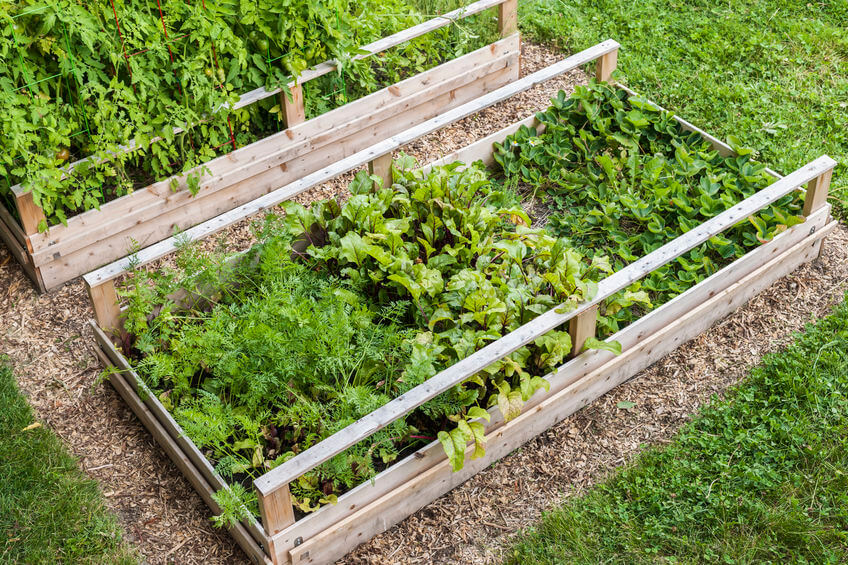
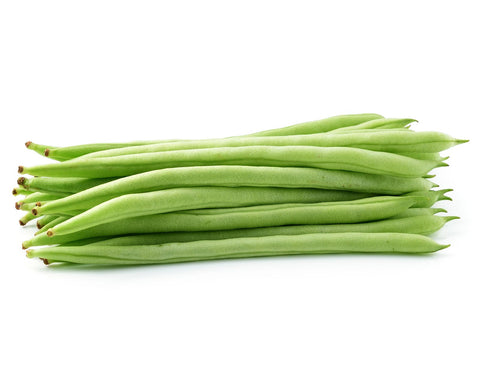
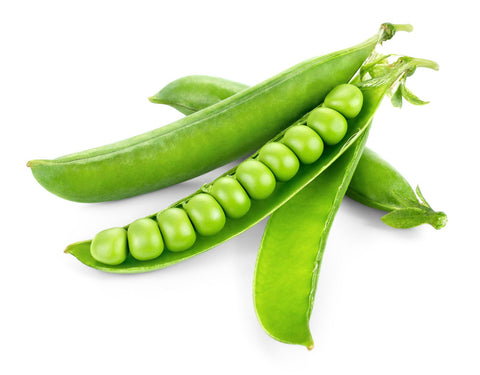
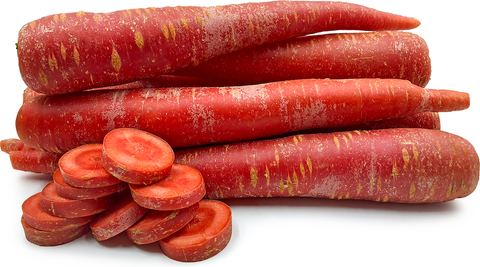
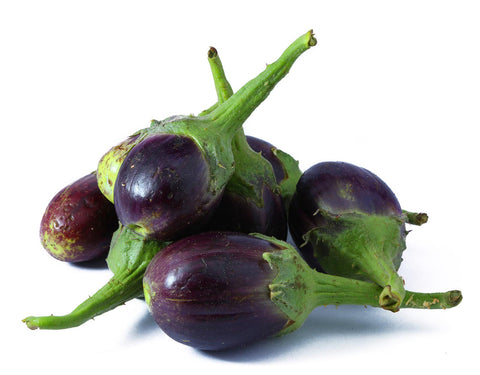

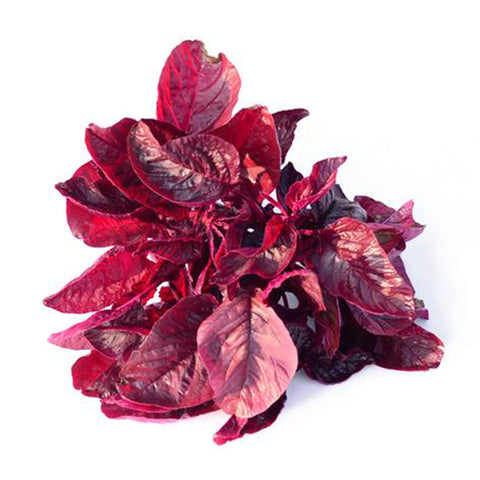
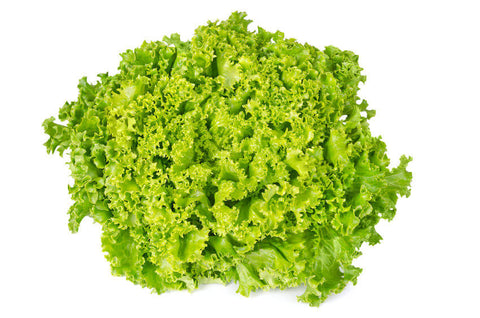
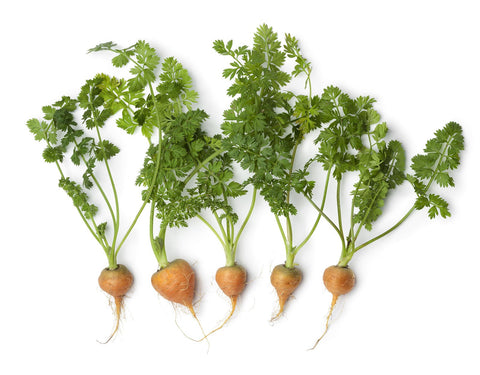
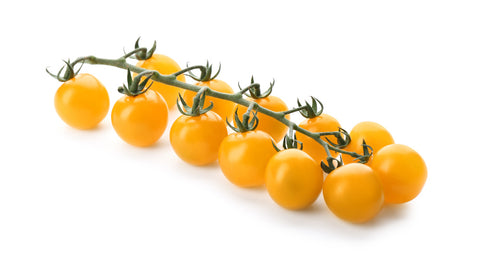
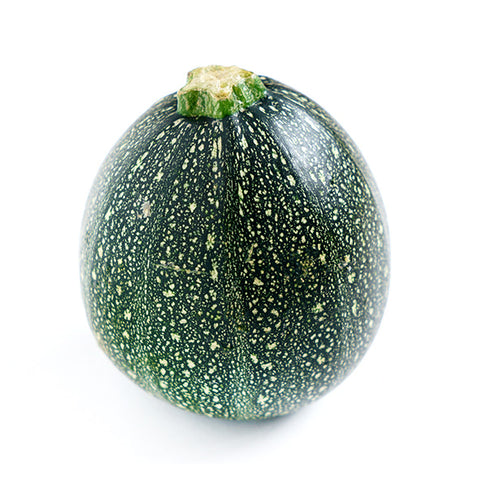
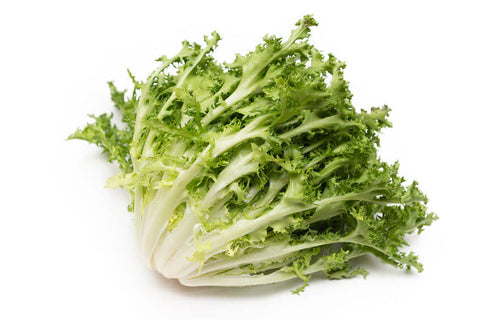
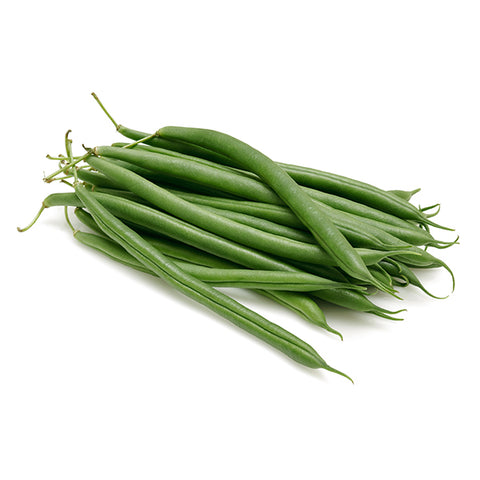






Let us know your feedback
* Comments must be approved before being displayed.